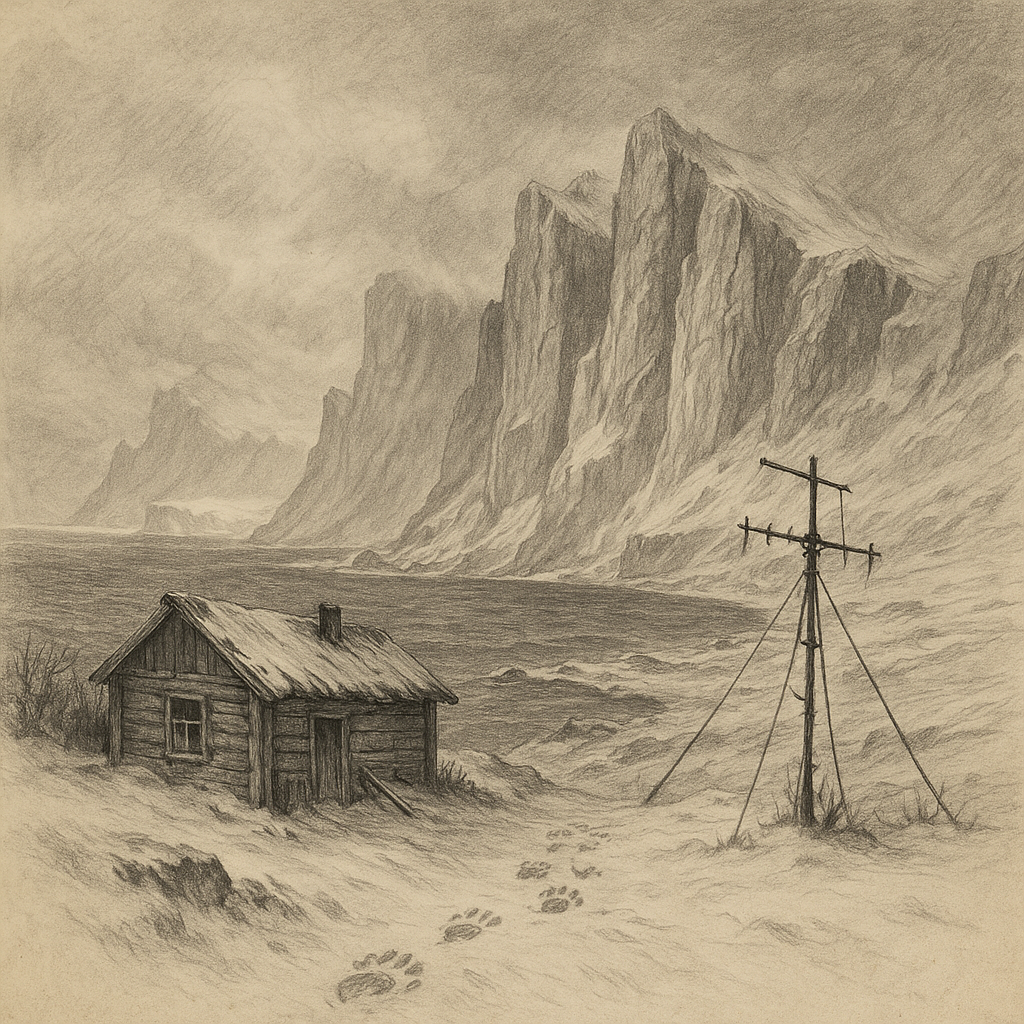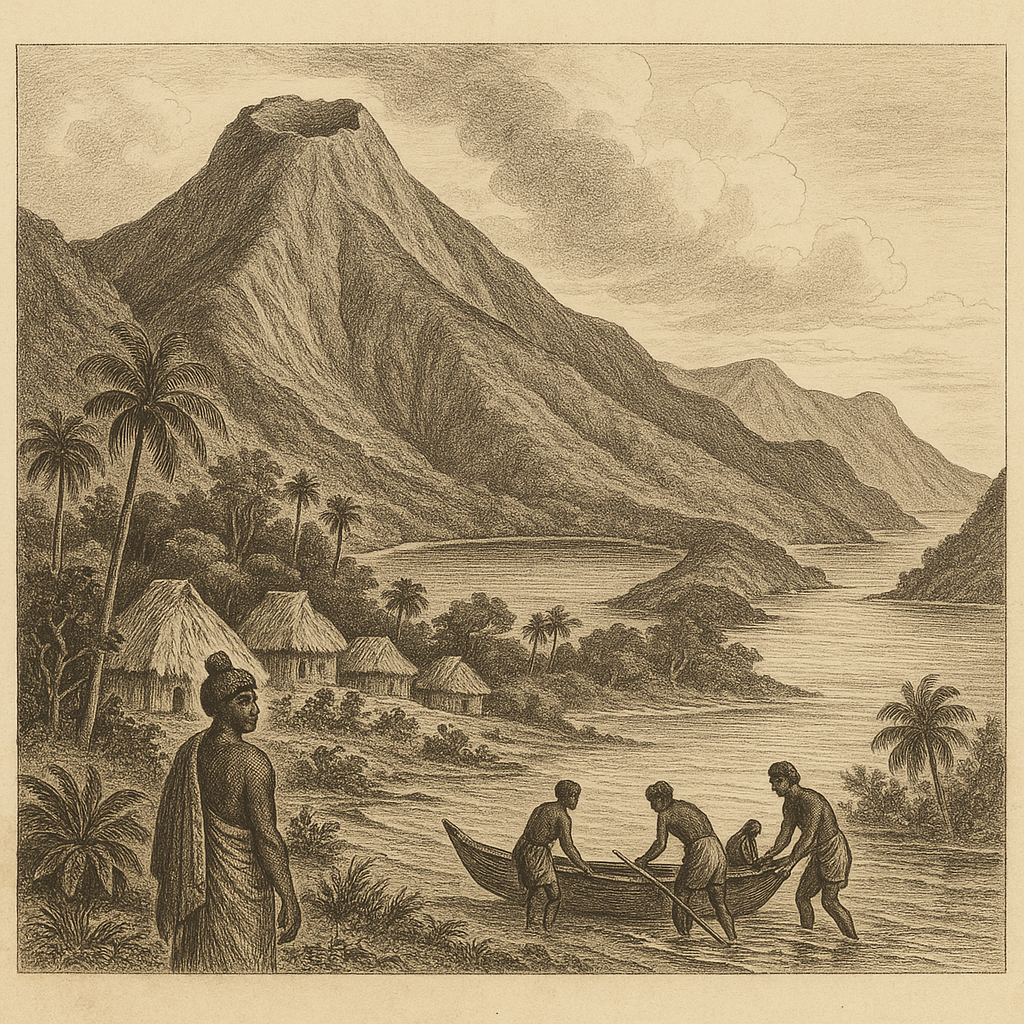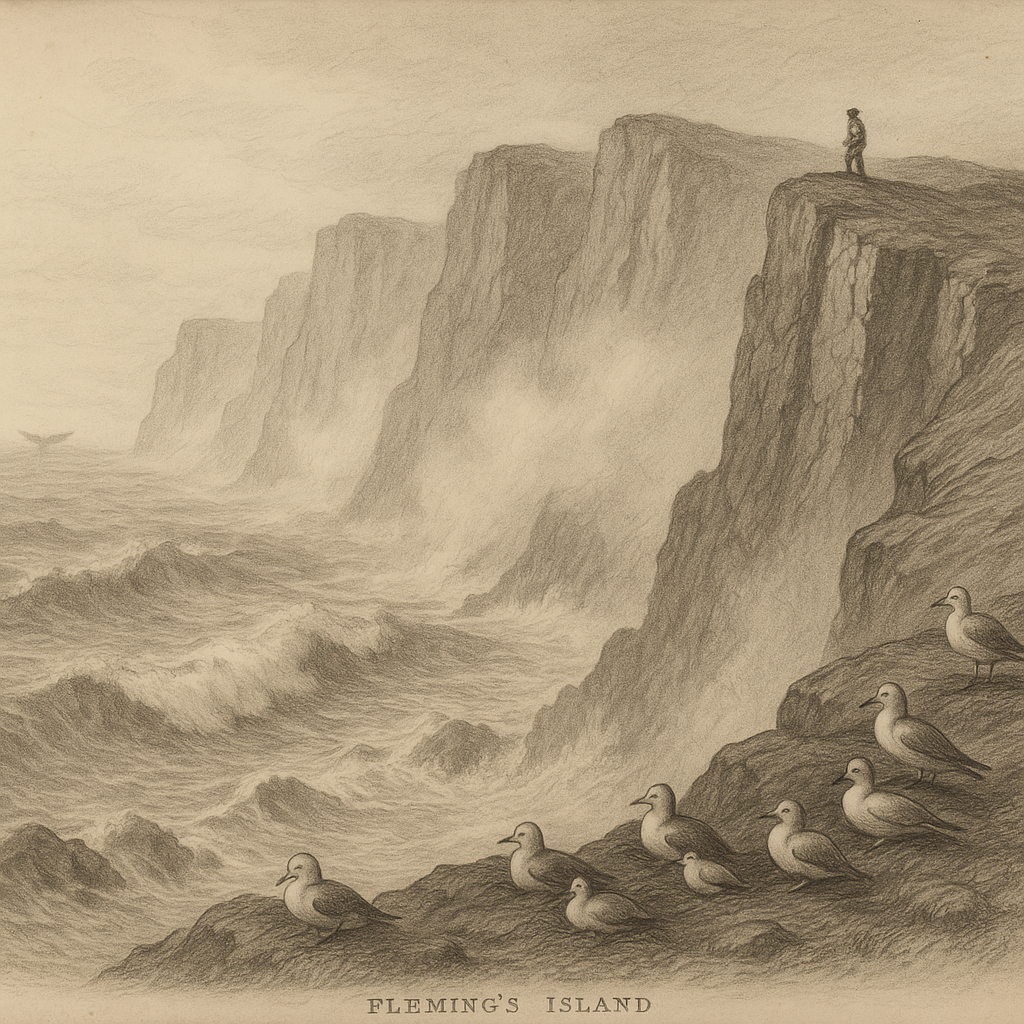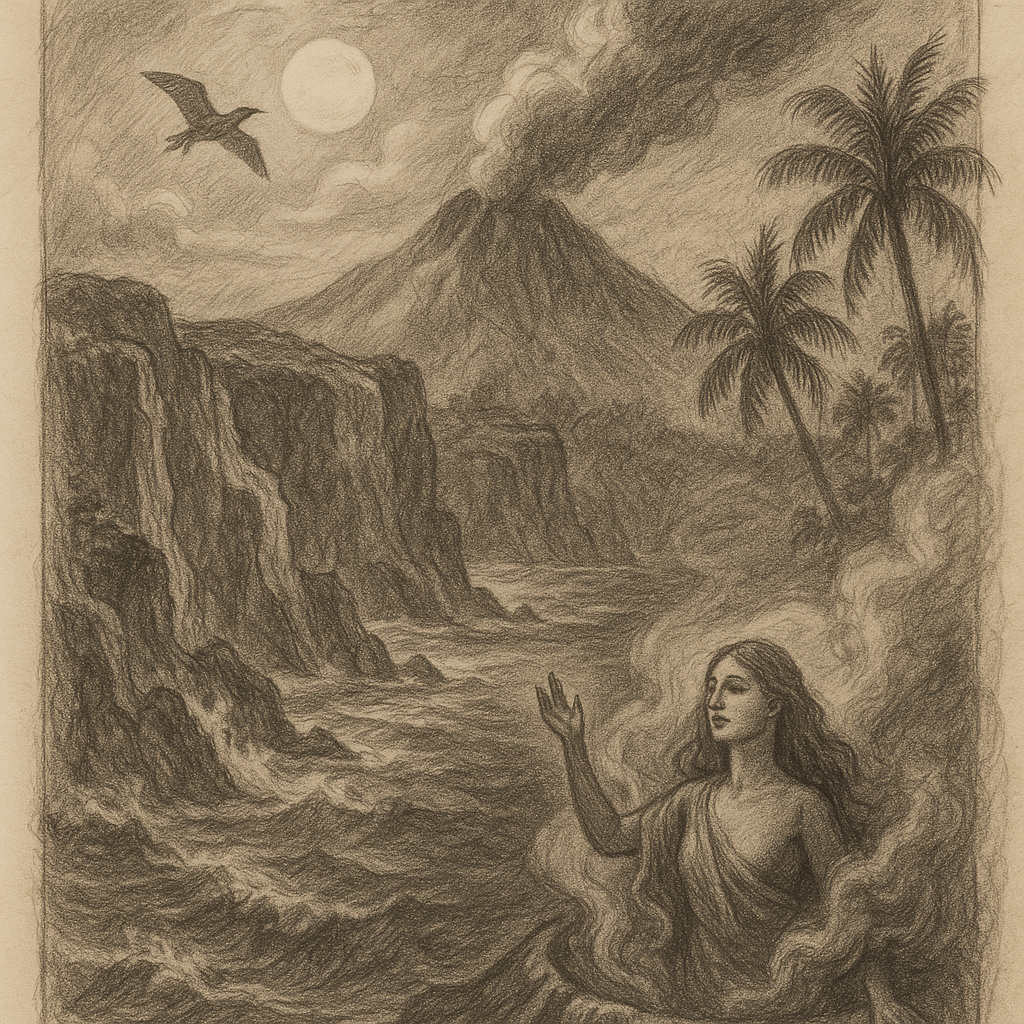Hall Island: A Remote Arctic Treasure Hall Island is one of the most remote and least-known islands within the Russian Arctic. Tucked away in the far reaches of the East Siberian Sea, this isolated piece of land lies north of the Chukotka Peninsula and forms part of the desolate yet enigmatic Franz Josef Land archipelago. Despite its inaccessibility and harsh climate, Hall Island fascinates scientists, explorers, and storytellers alike with its raw beauty, historical significance, and mysterious legends. Location and Geography Hall Island is situated at approximately 80° north latitude, well within the Arctic Circle. It is a part of Franz Josef Land, a Russian archipelago consisting of some 191 islands scattered across the high Arctic Ocean. The island lies between Salisbury Island to the west and Wilczek Land to the east, surrounded by frigid, ice-covered waters for much of the year. Named after American Arctic explorer Charles Francis Hall, the island spans roughly 400 square kilometers and features rugged terrain, steep cliffs, and expansive glaciers. The highest point on the island rises approximately 500 meters above sea level, offering panoramic views over the surrounding glacial and maritime landscapes. Climate and Natural Environment Much like the rest of Franz Josef Land, Hall Island experiences a polar climate. Winters are long and severely cold, with temperatures frequently plunging below –30°C, while summers are brief, with average highs barely reaching freezing. The island is perpetually affected by Arctic sea ice, and foggy conditions, high winds, and snowstorms are common. These extreme conditions create a harsh habitat for life, but some species have adapted to survive. Flora on Hall Island is limited to tundra vegetation such as mosses, lichens, and small flowering plants that bloom during the short summer. The fauna is more diverse, including polar bears, Arctic foxes, and walruses which frequent the shores. The surrounding waters are host to a variety of marine life, including seals, whales, and seabird colonies. The island is a significant resting and breeding ground for migratory seabirds like ivory gulls, little auks, and kittiwakes. Human Presence and Exploration History Hall Island has never hosted a permanent human population due to its inhospitable weather and isolation. Nonetheless, it has attracted the attention of explorers, scientists, and military personnel over the last two centuries. The first recorded visit to Hall Island was made in the late 19th century during the Austro-Hungarian North Pole Expedition. Since then, the island has appeared sporadically in Arctic exploration lore. During the Cold War, Hall Island gained strategic significance for the Soviet military, and a few temporary outposts and weather stations were established. Today, the island lies within the Russian Arctic National Park, and access is tightly regulated by Russian authorities. Visits are rare and typically limited to scientific expeditions, conservation missions, and limited Arctic tourism carried out under strict environmental guidelines. Unique Features and Points of Interest Hall Island harbors many unique geographical and geological features. One of its most dramatic landmarks is Cape Tegethoff, a jagged cliff formation on the southern side of the island, often photographed with lingerings of fog curling up its sides. There are remnants of old research huts scattered across the island, now abandoned and reclaimed by snow and time. Of interest to geologists and glaciologists, Hall Island’s glacial systems provide valuable data about climate change in the polar regions. In recent years, satellite observations have noted retreating ice fields, contributing to the broader understanding of the Arctic’s vulnerability. Another intriguing aspect is the island’s role in satellite communications and atmospheric studies during the Cold War. Rusting antennae and decaying equipment remain as ghostly relics near old weather sites, offering a stark visual reminder of a time when the Arctic was as much a theater of espionage as scientific ambition. Legends and Local Lore Though uninhabited, Hall Island is not devoid of stories. Among Arctic researchers and indigenous Chukchi communities, the island and its surrounding region have long been associated with myths and folk narratives. One of the most enduring legends tells of a “hidden land to the north” glimpsed beyond the ice fog by early Chukchi hunters—a mystical territory said to be inhabited by spirits of wind and ice. Some researchers speculate this could have been early sightings of Franz Josef Land, including Hall Island. A particularly intriguing tale passed among polar explorers recounts the ghost of a lost crewman who wanders the island during polar nights, lighting phantom campfires that can be seen from passing vessels. These fires allegedly vanish upon approach, leaving behind only fresh footprints in the snow. Other legends speak of magnetic anomalies experienced by navigators near Hall Island, leading to malfunctions in compass bearings and radios. While some of these stories may stem from the region’s intense geomagnetic activity, they continue to lend Hall Island an air of the supernatural. Conservation and Access As part of the Russian Arctic National Park, Hall Island is under strict environmental protection. The Russian government, in collaboration with international conservationists, has launched initiatives to preserve the fragile Arctic ecosystems represented on the island. These include cleanup efforts of Soviet-era debris, biodiversity assessments, and monitoring programs to study climate impacts. Access to Hall Island is extremely limited. Permits are rarely granted and typically only to scientific teams, documentary crews, or highly controlled eco-tourism ventures coordinated with Russian authorities. The logistical challenges, including extreme weather, shifting sea ice, and the absence of infrastructure, make each visit a significant undertaking. For those who manage to reach Hall Island, the reward is immediate—a hauntingly beautiful landscape untouched by modern civilization, echoing with the voices of the age of exploration, and steeped in natural and mythical wonder. Conclusion Hall Island stands as one of Earth’s final frontiers—a desolate, frozen land shrouded in mystery and history. From its forbidding cliffs and icy coastlines to its role in both scientific discovery and Arctic folklore, it continues to captivate the hearts and minds of those few who dare to venture to its shores. The island is not just a dot on a map but a testament to the enduring allure of the unknown, the untouched, and the unforgettable.

Hall Island
Do you like my work? Buy Me A Coffee
Do you like my work? Buy Me A Coffee
-

Tikopiaa Western Island
Introduction to Tikopiaa Western Island Tikopiaa Western Island is a remote and culturally rich island nestled in the Solomon Islands, situated in the South Pacific Ocean. Part of the Temotu Province, Tikopiaa is one of the few remaining remote islands that continue to preserve its traditional way of life and natural ecosystem. Known for its…
-

Fleming Island
Fleming Island: A Remote Gem in the North Atlantic Fleming Island is an isolated, rarely visited landmass nestled in the vast expanse of the North Atlantic Ocean. While not widely known to the general public, this island holds compelling geological, ecological, and cultural significance. Located roughly 1,200 kilometers off the northeastern coast of Canada, Fleming…
-

Agrihan East Island
Discovering Agrihan East Island: A Hidden Gem of the Northern Marianas Agrihan East Island is an isolated landmass located in the Northern Mariana Islands chain in the western Pacific Ocean. Part of a volcanic archipelago formed by tectonic activity, this little-known island is a treasure trove of natural beauty, geological complexity, and cultural mystique. With…
by
Tags: